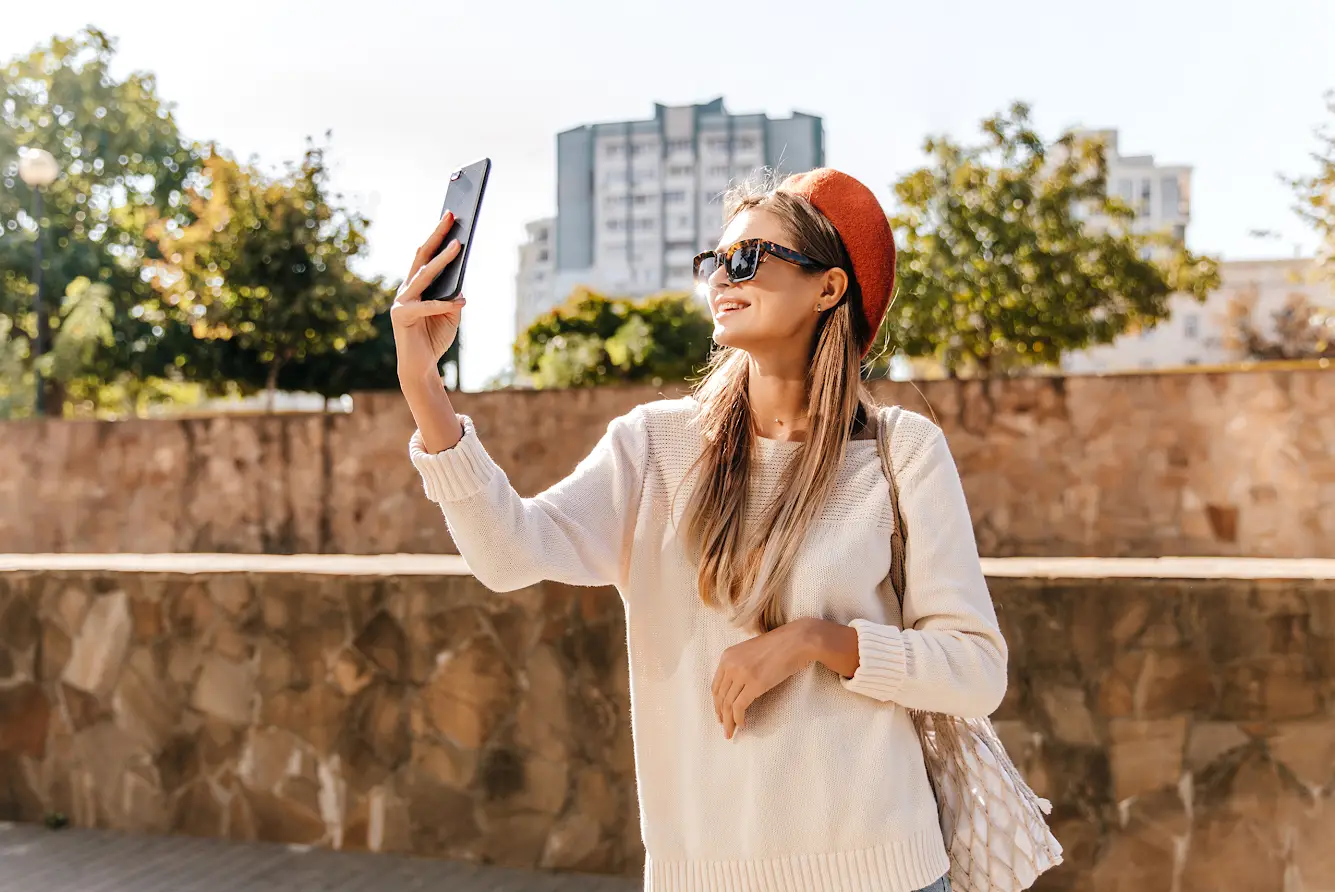Influence marketing is a powerful marketing tool that arose as a need for brands to communicate more directly and efficiently with the target group.
Choice of influencers
When choosing influencers, companies indirectly determine the brand’s voice on social networks. Therefore, it is crucial that they consider the following factors before engaging and defining the details of cooperation:
- Do the brand and the influencer share the same or similar values (a natural cosmetics brand will tend to collaborate with an influencer who nurtures natural beauty)
Has the influencer ever collaborated with a brand from the same industry in the past (if so, it is unlikely that he will successfully interest the same target group in another brand, while maintaining the trust of the target group)
Number of active followers (those who engage with and react to content)
In order to select influencers as successfully as possible, many digital agencies and brands create their own internal databases in which they keep records of the type and results of cooperation with influencers or use tools and agencies specialized in finding influencers that will best match the campaign goal and brand values.
An example of a positive impact on the brand
The company Airbnb used the virality and potential of the social network TikTok in a proactive and innovative way. Influencer Alix Ashley Earle booked a trip with her friends, and when they arrived at the location, they realized that the accommodation they had booked did not exist.
Airbnb took advantage of this seemingly crisis situation by offering to find them accommodation. The influencer accepted the offer and, of course, shared content on her channel expressing gratitude and positive impressions about the accommodation she received and Airbnb as a company.
In this way, without investment, the influencer’s videos (in which she shares her positive experience with her followers) had as many as 6.5 million views and almost 3,500 positive comments within two days. The above example highlights the importance of monitoring relevant influencers and events in the industry with the aim of timely and efficient action in order to resolve the crisis situation. This type of spontaneous and free positive Brand Awareness also contributes to the humanization of the relationship with clients/followers. It creates an atmosphere of mutual understanding, support and strengthens the feeling of attachment to the brand.
An example of a negative impact on the brand
Italian influencer from Milan, Chiara Ferangi gathers a community of 29.2 M followers on her Instagram account. During the festive period of 2023, she collaborated with the Italian brand of Christmas cakes – Il Signor Balocco. On that occasion, the Christmas cake was sold at 3 times the usual price with the influencer’s verbal explanation that part of the proceeds would be donated to charity. Since the payment was not made, this campaign caused an avalanche of negative comments from the public, and in addition, it was accompanied by: the cancellation of the sponsorship of a number of brands, including Coca Cola, a fine in the amount of one million euros sent to Chiara Ferragna and a fine in the amount of 420,000 euros sent to the company Il Signor Balocco.
When it comes to the impact on Chiara’s image and brand, in just a few days she lost more than half a million followers on Instagram, and due to the aforementioned crisis, she was unable to promote her brand during the holiday period.
The scale of this communication crisis is supported by the decision of the Italian authorities that covert advertising of products on social networks will be adequately and timely punished in the future.
Virality or communication crisis – two sides of the same coin
Cooperation with influencers as an integral part of the marketing strategy provides a wide reach of the target group and significant potential for creating loyal consumers. The biggest benefit of cooperation with influencers is the subtle shaping of the consumption habits of followers, which can also be the subject of a potential communication crisis of the brand, as in the mentioned negative example.
Because of all the above, it is of crucial importance that we approach finding an adequate person for cooperation with the brand carefully, analytically and responsibly. The reason for this is that this person will hold the most valuable capital of the brand “in his hands” – the image and trust of the target group.






